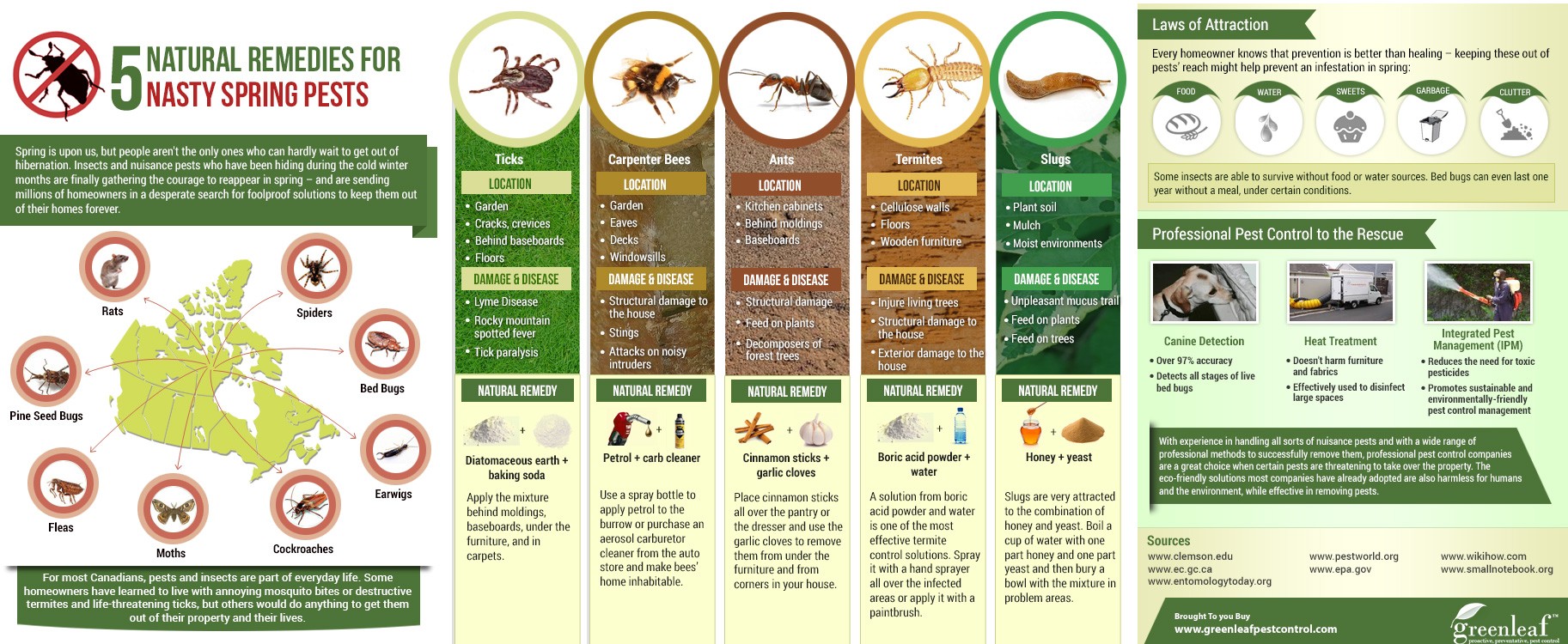Rodent-Proofing Your Attic: Necessary Tips For Homeowners
Rodent-Proofing Your Attic: Necessary Tips For Homeowners
Blog Article
Short Article Produced By-Ellegaard Park
Visualize your attic room as a relaxing Airbnb for rodents, with insulation as fluffy as hotel cushions and circuitry more enticing than area service. Currently, think of these undesirable guests tossing a wild party in your house while you're away. As a homeowner, ensuring your attic room is rodent-proof is not just about assurance; it has to do with shielding your property and liked ones. So, what straightforward steps can you require to safeguard your refuge from these fuzzy burglars?
Inspect for Entrance Information
To begin rodent-proofing your attic, check for entrance points. Begin by meticulously analyzing the outside of your home, trying to find any openings that rats could utilize to get to your attic room. Look for spaces around utility lines, vents, and pipelines, along with any fractures or holes in the structure or siding. See to it to pay close attention to locations where various structure materials meet, as these are common entry points for rats.
Additionally, inspect the roof covering for any type of harmed or missing tiles, in addition to any gaps around the sides where rodents could squeeze through. Inside the attic, seek signs of existing rodent activity such as droppings, ate wires, or nesting materials. Utilize a flashlight to thoroughly check dark corners and concealed spaces.
Seal Cracks and Gaps
Evaluate your attic thoroughly for any splits and gaps that need to be secured to prevent rodents from entering. Rats can squeeze through also the tiniest openings, so it's critical to secure any type of possible entrance points. Inspect around pipelines, vents, wires, and where the walls meet the roofing. Use a combination of steel wool and caulking to seal these openings properly. Steel wool is an excellent deterrent as rodents can not chew with it. Ensure that all voids are tightly secured to reject accessibility to undesirable parasites.
Don't neglect the relevance of securing voids around doors and windows also. Use weather condition removing or door moves to seal these areas successfully. Inspect the locations where energy lines get in the attic and secure them off using an ideal sealant. By putting in the time to secure all splits and spaces in your attic, you develop a barrier that rodents will certainly locate hard to violation. Prevention is key in rodent-proofing your attic room, so be detailed in your initiatives to seal off any kind of possible access points.
Get Rid Of Food Resources
Take proactive steps to eliminate or store all potential food resources in your attic to discourage rats from infesting the room. Read the Full Guide are drawn in to food, so removing their food sources is important in keeping them out of your attic.
Below's what natural hydroponic pest control or lady bugs can do:
1. ** Shop food firmly **: Prevent leaving any kind of food products in the attic room. Shop all food in closed containers constructed from steel or sturdy plastic to stop rodents from accessing them.
2. ** Tidy up debris **: Get rid of any type of piles of particles, such as old papers, cardboard boxes, or wood scraps, that rats could use as nesting material or food resources. Maintain the attic clutter-free to make it less attractive to rats.
3. ** Dispose of rubbish appropriately **: If you utilize your attic for storage space and have rubbish or waste up there, make certain to take care of it routinely and effectively. Rotting garbage can bring in rodents, so maintain the attic tidy and without any kind of natural waste.
Conclusion
In conclusion, bear in mind that an ounce of prevention deserves a pound of remedy when it concerns rodent-proofing your attic.
By putting in the time to inspect for entry factors, seal cracks and voids, and get rid of food sources, you can maintain undesirable insects away.
Remember, 'An ounce of prevention deserves an extra pound of treatment' - Benjamin Franklin.
Remain positive and shield your home from rodent problems.
